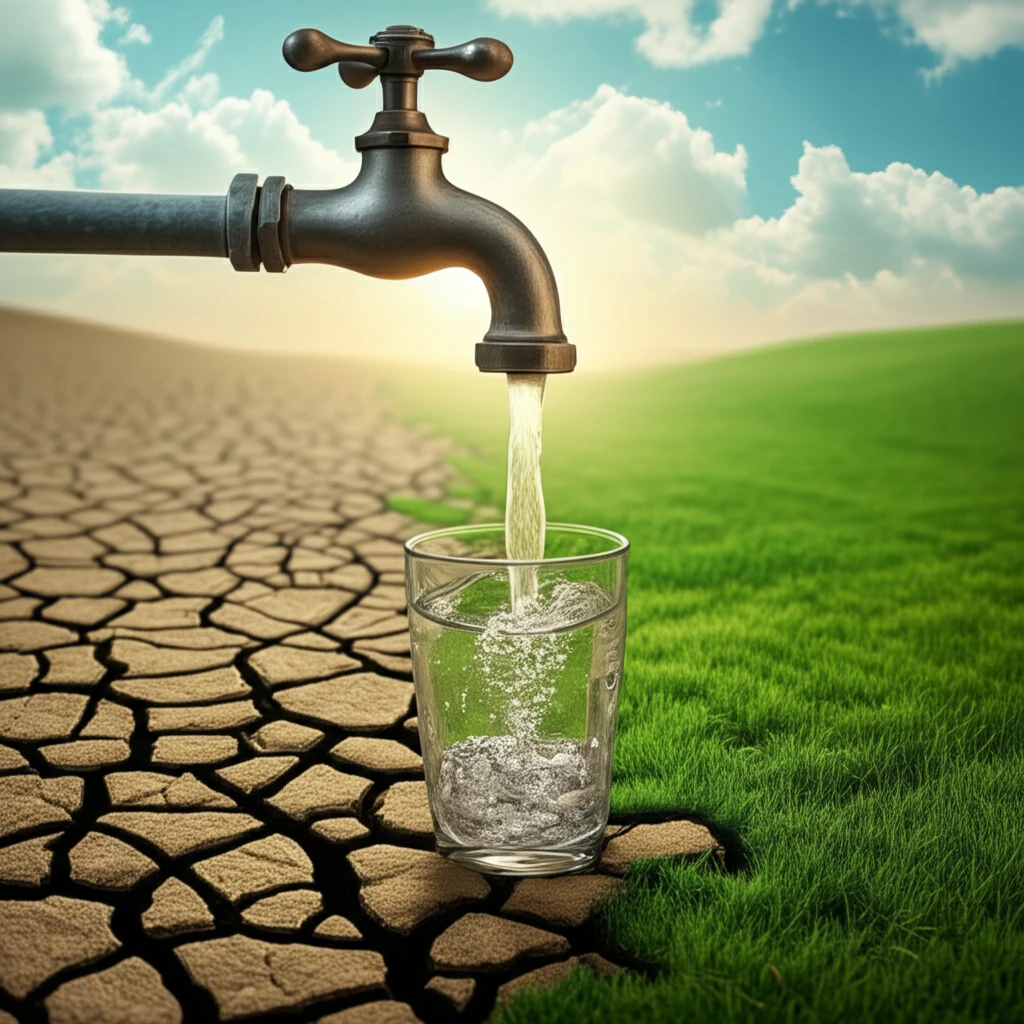
Is Toilet-to-Tap the Future? Unpacking the Realities of Direct Potable Water Reuse
"As water scarcity intensifies, could turning wastewater directly into drinking water be the solution?"
Across the globe, communities are grappling with increasing water shortages. With populations growing and development pressures mounting, access to reliable water supplies is becoming a critical challenge. A report identified potential hot spots for water conflict in the western United States by 2025, underscoring the urgent need to explore new, unexploited water sources.
Direct potable reuse (DPR) is emerging as a promising supply-side approach. It involves treating wastewater to drinking water standards and then directly introducing it into the potable water system. This method offers the potential to enhance the sustainability and reliability of water supplies, particularly in regions facing water scarcity.
While DPR has garnered attention, much of the research has focused on large, coastal communities. These areas often have different water rights, treatment technology options, regulatory considerations, and cost factors compared to inland communities in arid environments. It's crucial to recognize that solutions suitable for coastal areas may not be directly transferable to inland settings.
Why Direct Potable Reuse Matters for Inland Communities Facing Water Scarcity

Traditional approaches to securing water supplies, such as inter-basin water transfers and desalination, come with significant drawbacks. Inter-basin transfers are costly, environmentally damaging, and often unreliable due to fully allocated water rights. Desalination, while effective, is energy-intensive and poses challenges related to brine disposal.
- Water Resources and Rights: Inland communities often operate under return flow credit systems, meaning they must own or acquire water rights to reuse wastewater. Reducing wastewater discharge can also impact downstream users and environmental flows, requiring careful management.
- Regulatory Uncertainty: Clear regulatory frameworks and permitting criteria for DPR projects are often lacking at the state and federal levels, creating uncertainty for communities considering this option.
- Technology and Expertise: Small communities may struggle to attract and retain qualified operators for advanced treatment processes. Maintaining sophisticated, highly automated systems requires specialized skills and ongoing training.
- Costs: Advanced treatment technologies are expensive, and economies of scale favor larger plants. Small communities may face significant financial hurdles in implementing DPR.
- Public Acceptance: Overcoming negative public perceptions of potable reuse is crucial. Building trust and educating the public about the safety and reliability of DPR is essential for project success.
The Future of Water is in Our Hands
Direct potable reuse holds significant potential for addressing water scarcity challenges, particularly in arid inland communities. While challenges related to water rights, regulations, technology, costs, and public acceptance exist, they can be overcome through careful planning, community engagement, and technological innovation. As water resources become increasingly strained, DPR may become a vital strategy for ensuring a sustainable water future.
